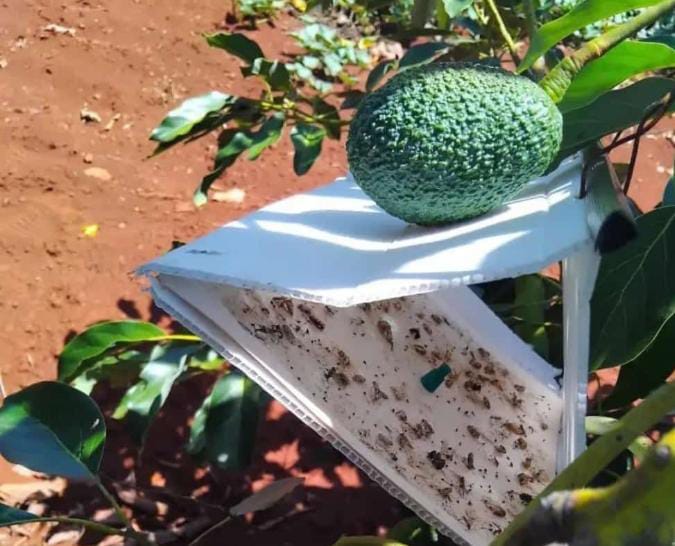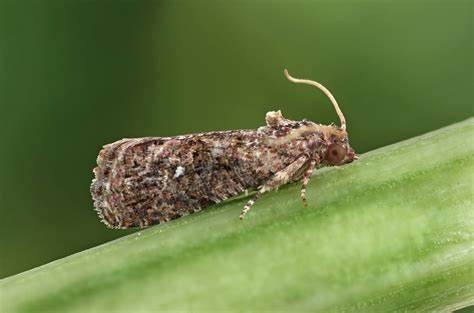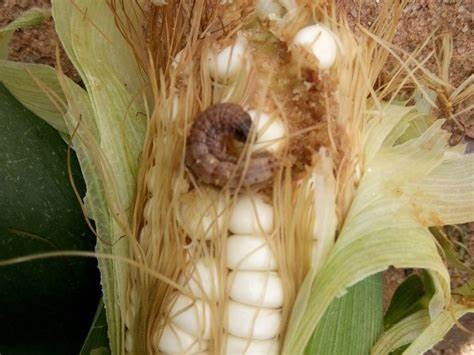The False Codling Moth (FCM) is a significant agricultural pest known for its devastating impact on various crops. Let’s delve into the detrimental effects of the False Codling Moth on crops and explore effective control measures to mitigate its destructive influence.
The False Codling Moth, scientifically known as Thaumatotibia leucotreta, is a moth species belonging to the family Tortricidae under the order of Lepidoptera. This pest has a wide range of host crops, including cotton, macadamia nuts, citrus species, avocados, pineapples, mangoes, and chili peppers.
Detrimental Impact on Crops
1. Economic Losses
The False Codling Moth inflicts substantial economic losses on farmers, particularly in regions where it has established itself as a prevalent pest. The impact of FCM on crops can be catastrophic, leading to reduced yields, lower quality produce, and significant financial setbacks for agricultural producers.
2. Damage to Fruit
The larvae of the False Codling Moth bore into the fruit, causing internal damage and making it unsuitable for market sale. Infested fruits are often unsightly, exhibiting entry and exit holes from the larvae, and are prone to secondary infections, further diminishing their value.
3. Market Access Challenges
In addition to direct crop damage, the presence of False Codling Moth in agricultural produce can lead to challenges in accessing international markets. Stricter phytosanitary regulations in importing countries often require produce to be free of specific pests, including the False Codling Moth. Failure to meet these standards can result in rejected shipments and loss of market opportunities for farmers.
Control Measures
- Integrated Pest Management (IPM)
Integrated Pest Management (IPM) strategies offer a holistic approach to managing the False Codling Moth and minimizing its impact on crops. IPM emphasizes the use of multiple control tactics, including biological, cultural, and chemical methods, to achieve effective pest control while minimizing environmental impact.
2.Pheromone-Based Monitoring
Pheromone traps are commonly used to monitor the presence and population density of False Codling Moth in agricultural areas. These traps utilize synthetic sex pheromones to attract male moths, allowing farmers to assess pest activity and make informed decisions regarding control measures.

3.Biological Control
Biological control methods involve the use of natural enemies, such as parasitoid wasps and predatory insects, to manage False Codling Moth populations. The introduction of these beneficial organisms into agricultural ecosystems can help regulate pest numbers and reduce reliance on chemical pesticides.
4.Organic Control Measures
Organic farming practices emphasize the use of environmentally friendly control measures to manage pests such as the False Codling Moth. Organic pesticides derived from natural sources, such as Bacillus thuringiensis (Bt) and neem oil, can be utilized to target FCM larvae while minimizing harm to non-target organisms and the environment.
5.Cold-Chain Technology
Cold-chain technology, which involves subjecting harvested fruit to low temperatures for a specific duration, can effectively eliminate False Codling Moth larvae present in the produce. This post-harvest treatment method helps ensure that infested fruits do not contribute to the spread of FCM to new locations.
In conclusion, the False Codling Moth poses a significant threat to a wide range of crops and presents challenges for agricultural producers in managing its impact. By implementing integrated pest management practices, utilizing pheromone-based monitoring, employing biological control methods, incorporating organic control measures, and leveraging cold-chain technology, efforts can be made to mitigate the detrimental effects of the False Codling Moth and safeguard agricultural crops from its destructive influence. It is imperative for farmers, researchers, and agricultural authorities to collaborate in developing and implementing effective control strategies to address the persistent challenge posed by the False Codling Moth in agricultural ecosystems.





